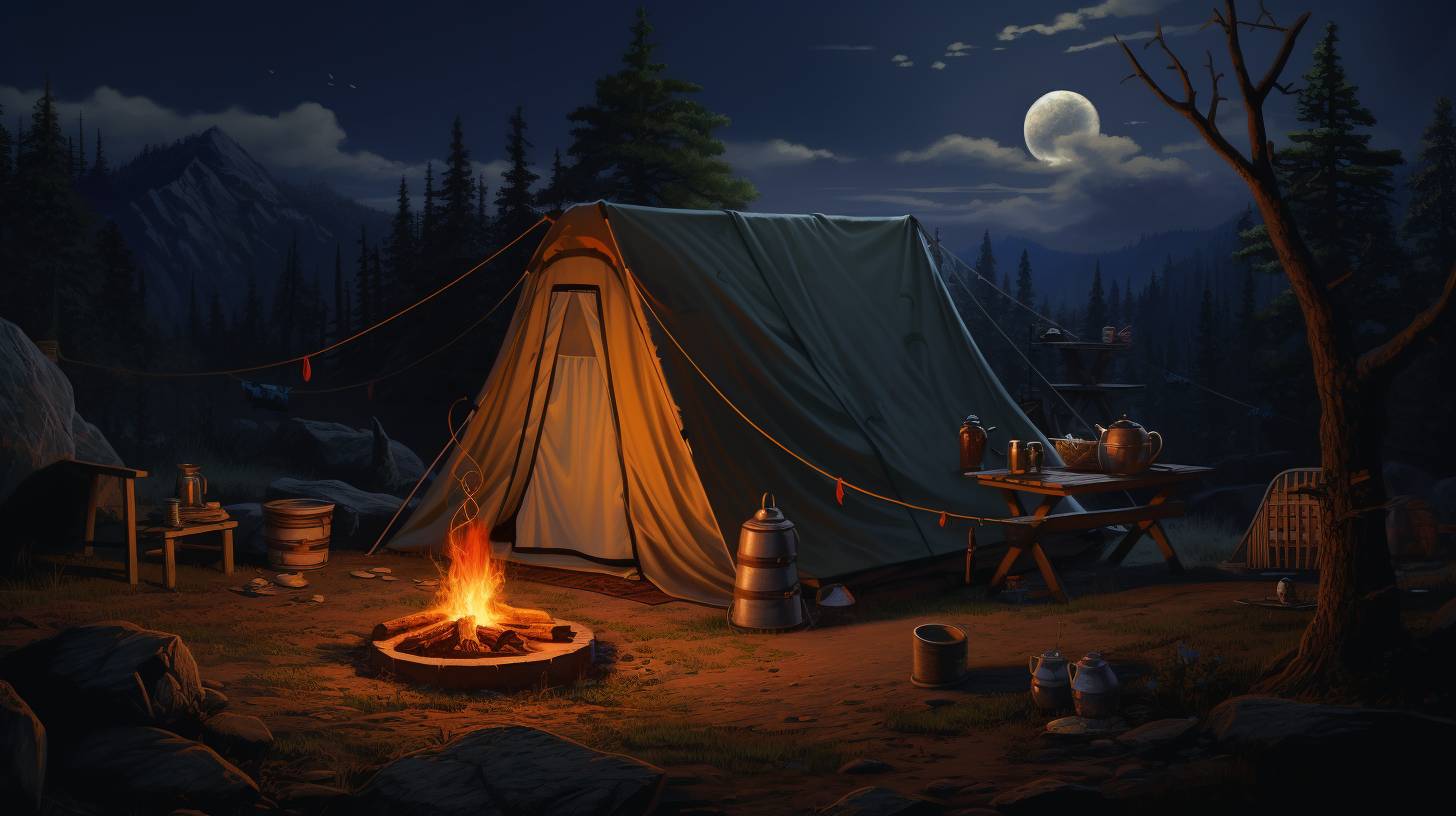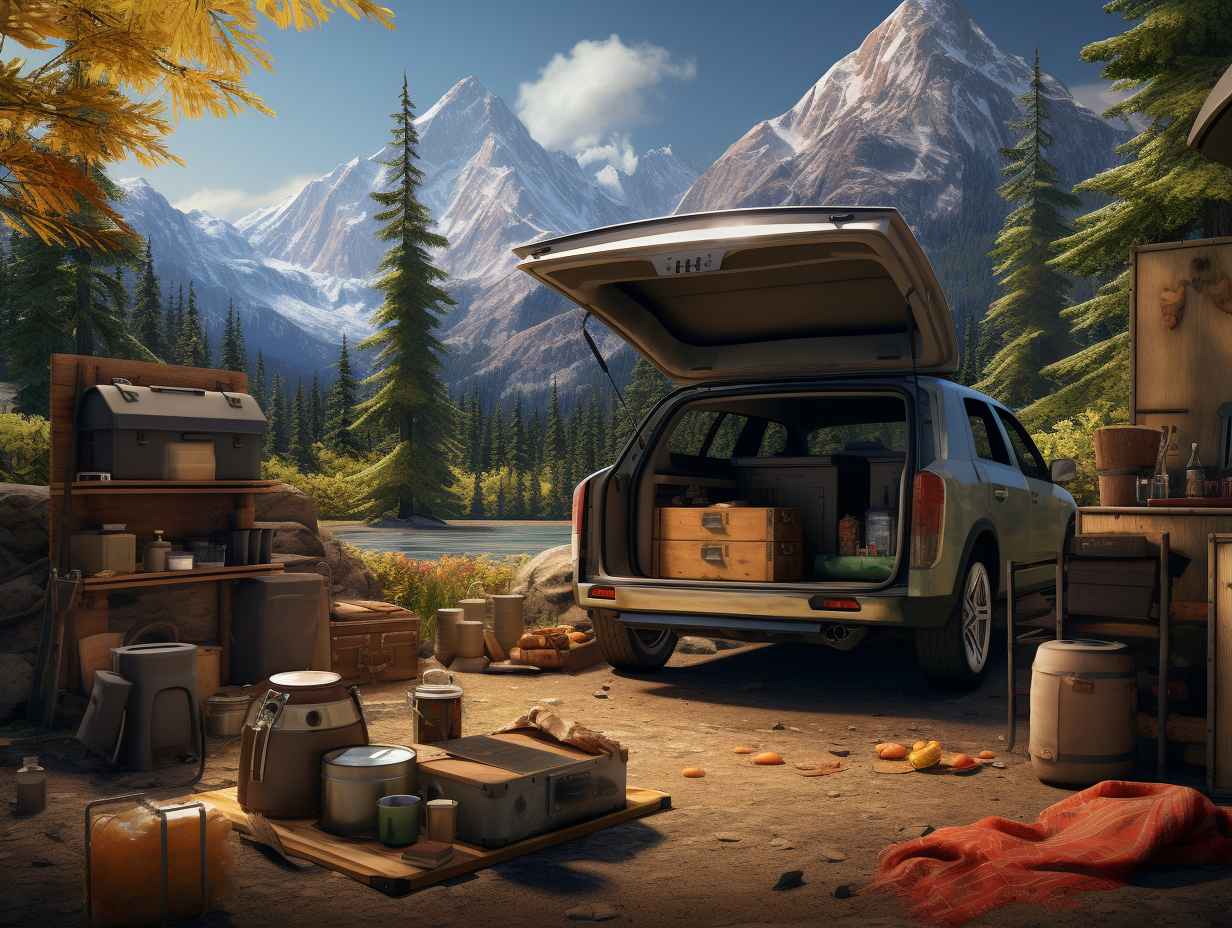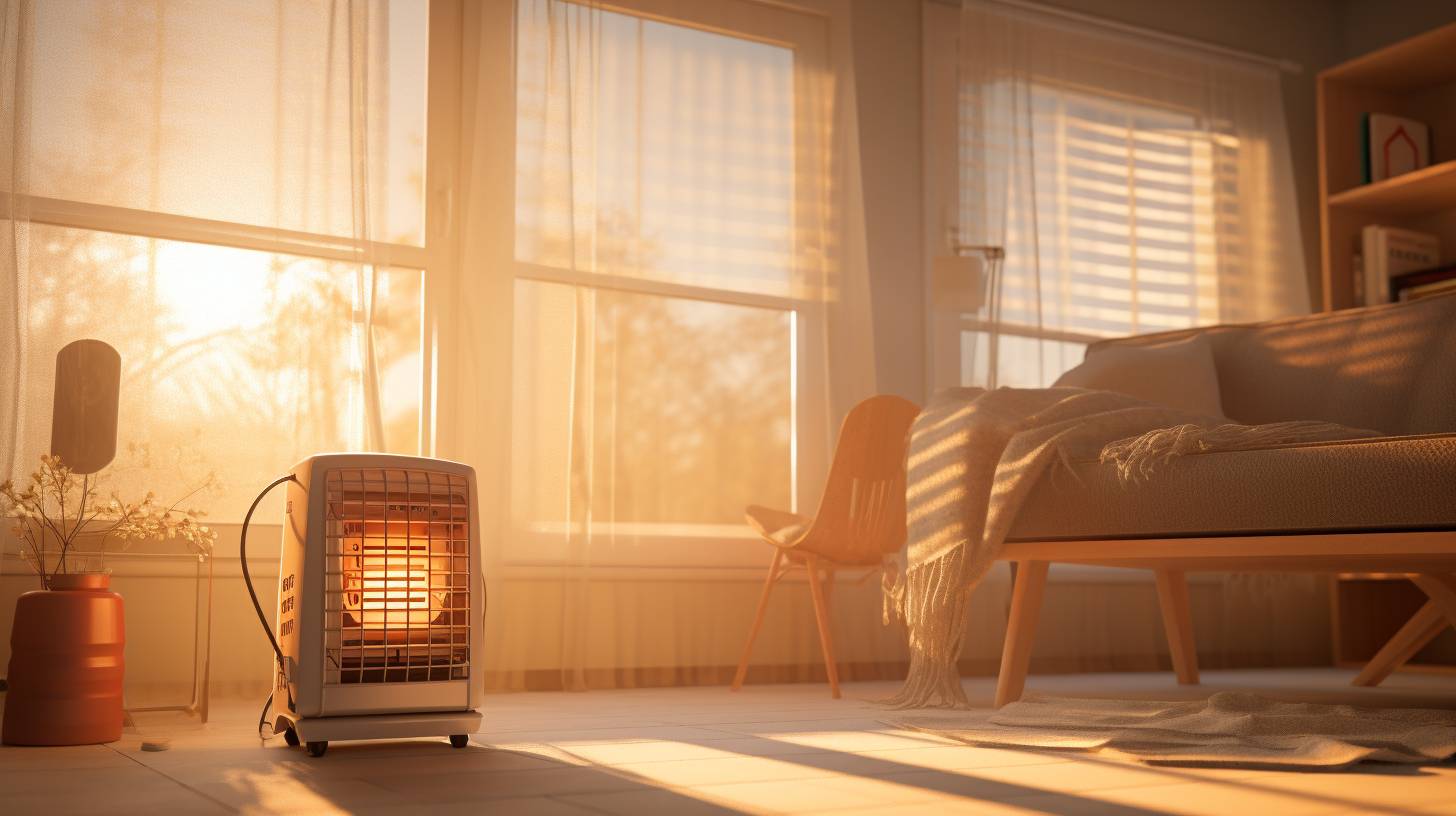
Can You Use Camping Stove in Tent

Did you know that using a camping stove inside your tent can be a dangerous idea? In fact, it can lead to carbon monoxide poisoning and even fires. But don’t worry, there are safer alternatives!
This article will explore the potential risks of using a camping stove inside a tent, as well as provide you with tips and alternatives for safe cooking during your outdoor adventures.
So, before you set up your stove inside your tent, read on to learn how to keep yourself and your tent safe.
Key Takeaways
- Using a camping stove inside a tent can lead to carbon monoxide buildup and other harmful gases, posing a significant safety risk.
- Fire hazards can arise in the enclosed space of a tent, especially due to the close proximity of flammable materials.
- Proper ventilation and fire safety measures are crucial to prevent carbon monoxide poisoning and reduce the risk of fires.
- Cooking outside the tent, such as through campfire cooking, is a safer alternative that can enhance the camping experience while prioritizing safety.
Safety Considerations
To ensure your safety, it’s important to consider the potential risks of using a camping stove inside your tent. One major concern is the lack of proper ventilation options, which can lead to a buildup of carbon monoxide and other harmful gases. This can be extremely dangerous and even fatal.
Another risk is the potential for a fire to break out in the enclosed space. It’s crucial to have a fire extinguisher nearby in case of emergencies.
Potential Risks

Using a camping stove inside your tent poses significant risks.
One major concern is the lack of proper ventilation requirements. Without sufficient airflow, dangerous levels of carbon monoxide can quickly build up, leading to severe health issues and even death.
Additionally, the use of a camping stove in a confined space increases the likelihood of a fire hazard. The close proximity of flammable materials, such as tents and sleeping bags, combined with the open flame of the stove, creates a dangerous environment that can easily result in a catastrophic fire.
Alternatives to Cooking Inside the Tent
If you’re concerned about the risks of using a camping stove inside your tent, there are alternative options for cooking that can help mitigate these dangers.
Outdoor cooking options, such as campfire cooking, can be a safer alternative. Setting up a campfire outside your tent allows you to cook your meals without the risk of carbon monoxide poisoning or fire hazards.
Additionally, campfire cooking can add a fun and rustic element to your camping experience.
Tips for Safe Stove Usage

When using a camping stove inside your tent, it’s important to follow these tips for safe stove usage to minimize the risk of accidents or injuries:
- Always use your camping stove in a well-ventilated area to prevent the buildup of carbon monoxide.
- Keep flammable materials away from the stove to avoid fires.
- Prioritize stove maintenance by regularly checking for leaks and cleaning any debris.
- Never leave your camping stove unattended while it’s in use.
- Make sure to read and follow the manufacturer’s instructions for safe outdoor cooking.
Conclusion
To ensure a safe camping experience, it’s crucial to prioritize stove safety and follow the tips discussed in the previous subtopic.
Cooking outside is the recommended method, as it reduces the risk of fire and carbon monoxide poisoning.
While cooking inside the tent may seem convenient, it poses significant dangers such as the potential for burns, tent damage, and the accumulation of harmful gases.
Therefore, it’s best to cook outside for the safety of yourself and your fellow campers.
Frequently Asked Questions
Are There Any Specific Regulations or Guidelines for Using a Camping Stove Inside a Tent?
When using a camping stove inside a tent, it’s important to follow regulations and safety precautions. Make sure you have proper ventilation, keep flammable items away, and never leave the stove unattended.
Can Using a Camping Stove Inside a Tent Cause Carbon Monoxide Poisoning?
Using a camping stove in a tent can be dangerous due to carbon monoxide risks. It’s important to remember ventilation requirements. Don’t risk your safety, always use your camping stove outside the tent.
What Are the Potential Dangers of Cooking Inside a Tent During Windy Conditions?
Using a camping stove inside a windy tent can be dangerous. The wind can blow flames or embers, leading to a fire hazard. Take precautions by ensuring proper ventilation and keeping the stove away from flammable materials.
Is It Safe to Use a Camping Stove Inside a Tent Made of Fire-Resistant Materials?
You can safely use a camping stove inside a fire-resistant tent, but it’s important to take fire safety precautions. Make sure the tent is properly ventilated to ensure good air circulation while cooking.
Are There Any Alternatives to Cooking Inside a Tent if It Is Not Recommended?
If you’re looking for alternative cooking methods, there are plenty of safe options. According to a study, 95% of campers prefer cooking outside. Follow outdoor cooking safety tips to ensure a great meal.
Conclusion
In the wild, where warmth is yearned, be mindful and never cook inside your tent. The risks are real, the dangers untamed.
Alternatives are aplenty, so heed the call. Use the stove outside, where fresh air abounds.
Be wise, be safe, and let your adventures resound.
Disclaimer: Some information is provided through AI. Users should always conduct their own research and consult with qualified professionals before making any decisions.Affiliate information declaration: We may earn revenue from the products referred on this page and participate in affiliate programs.


